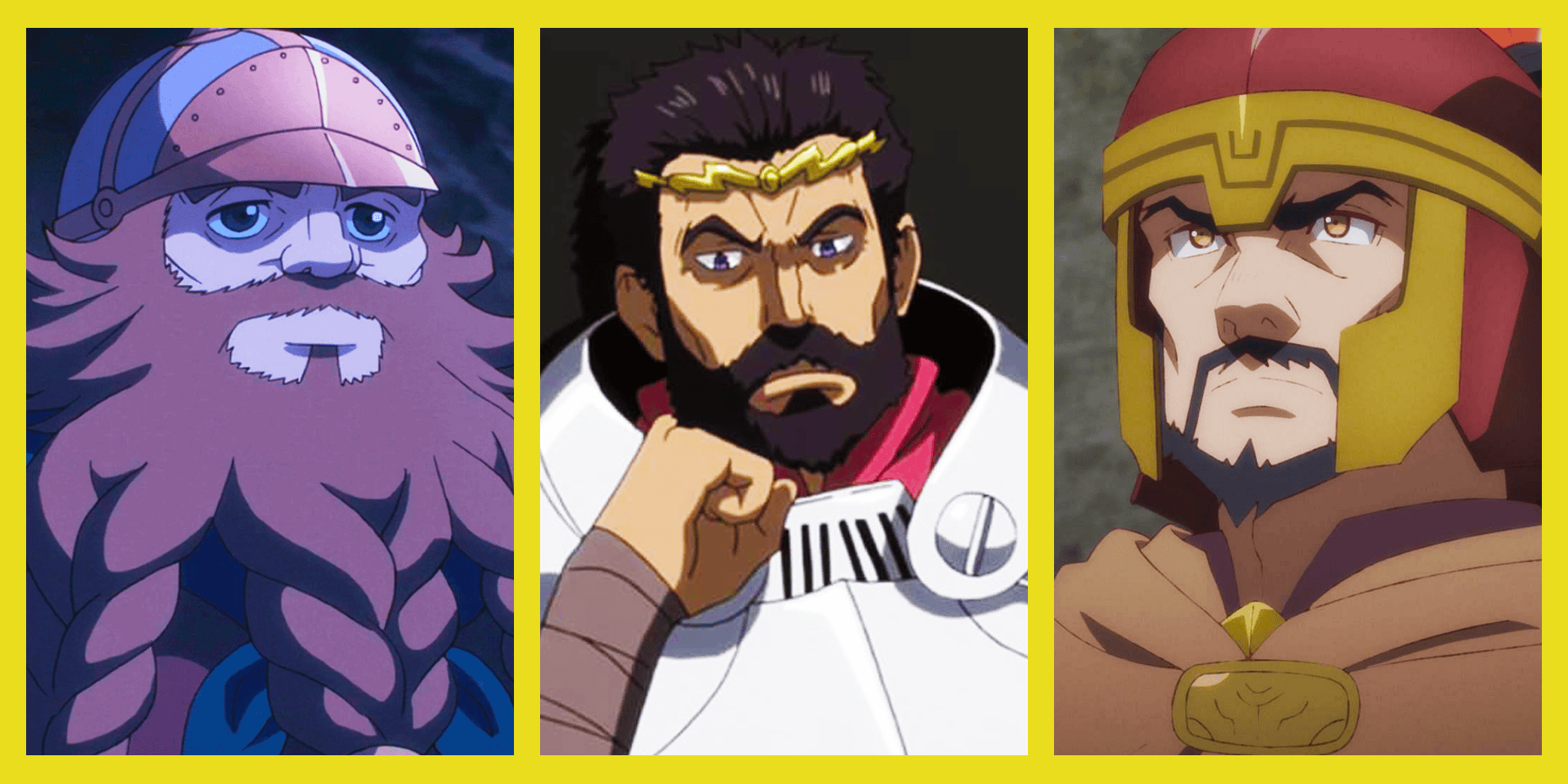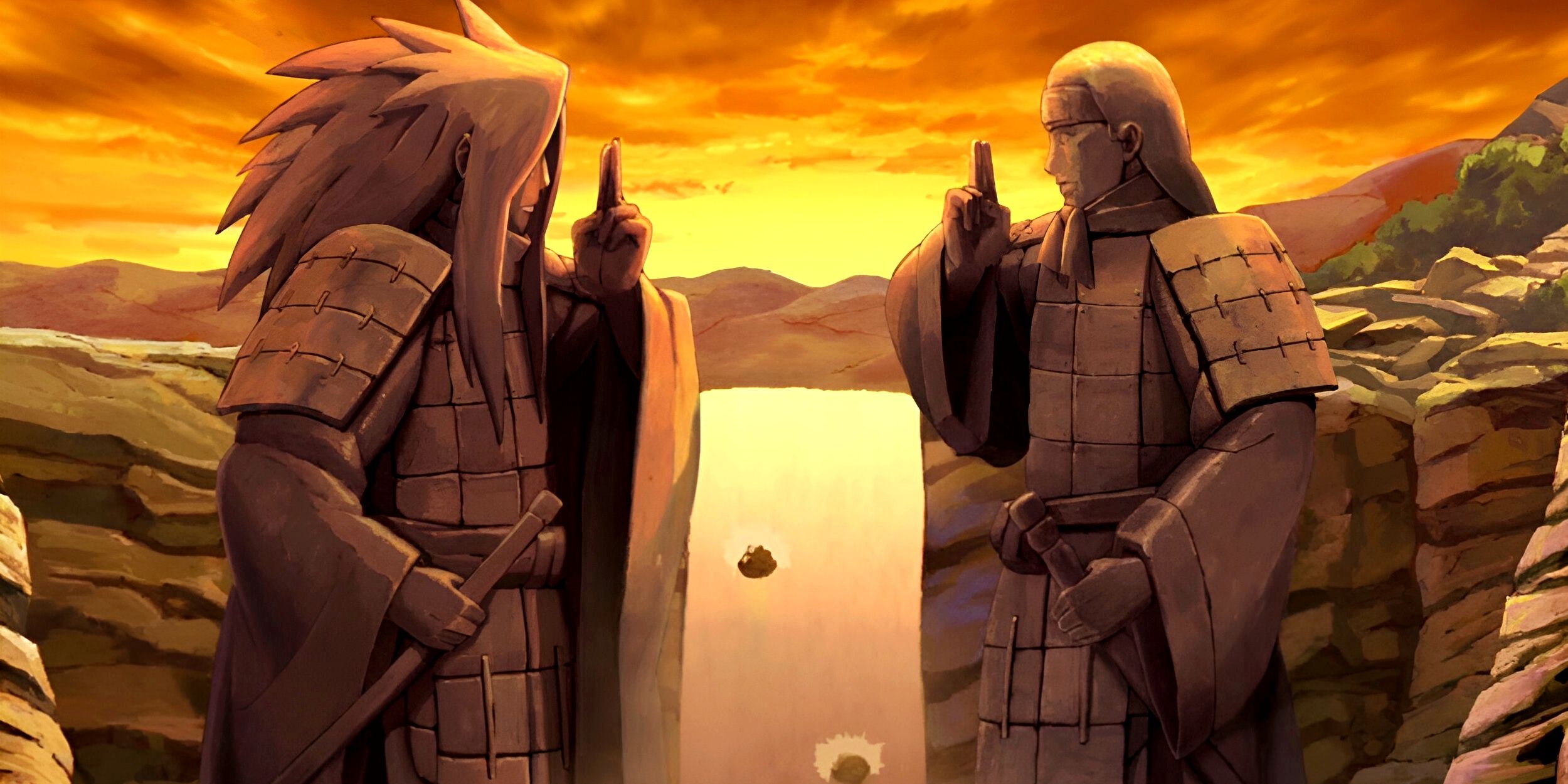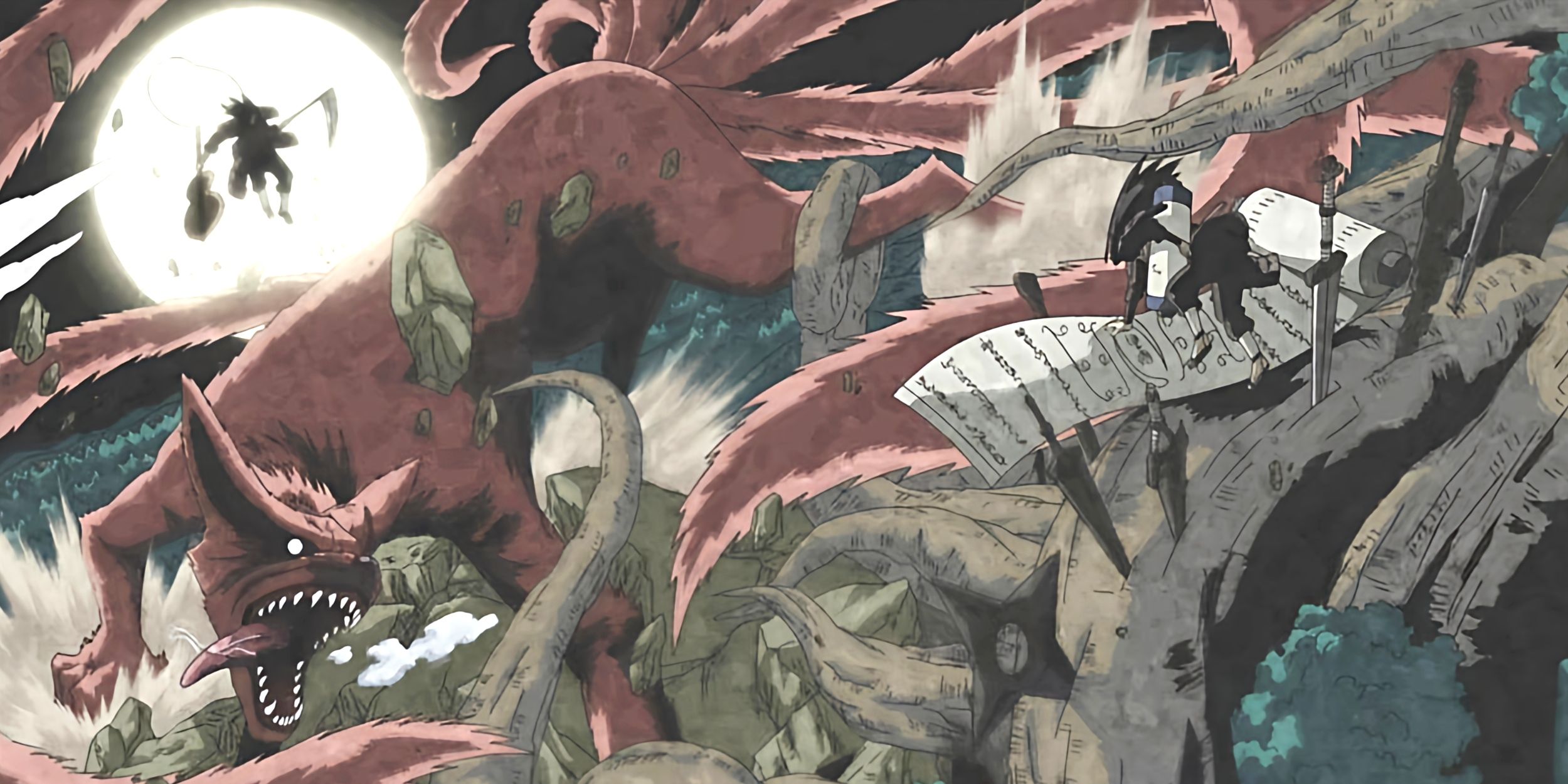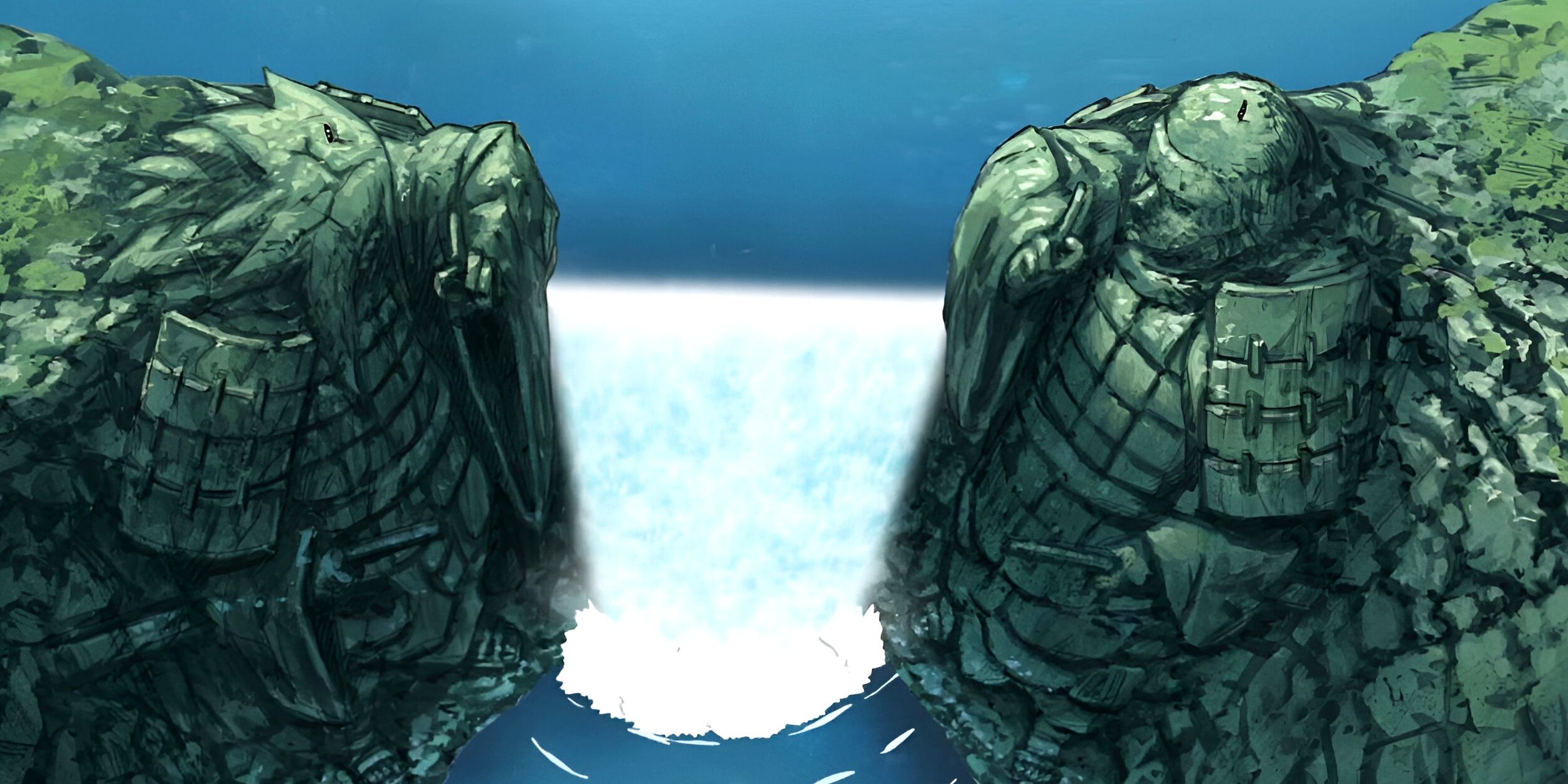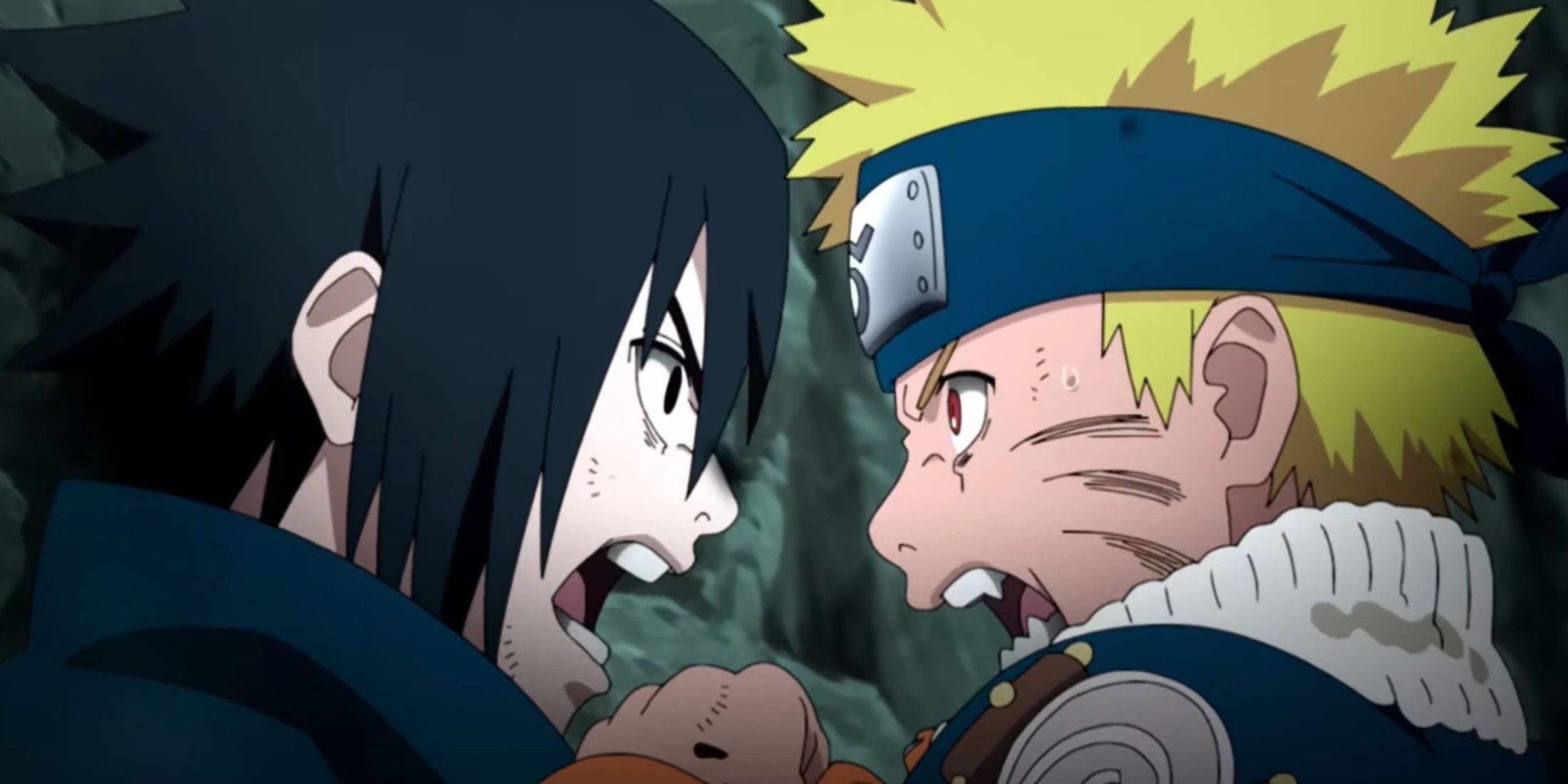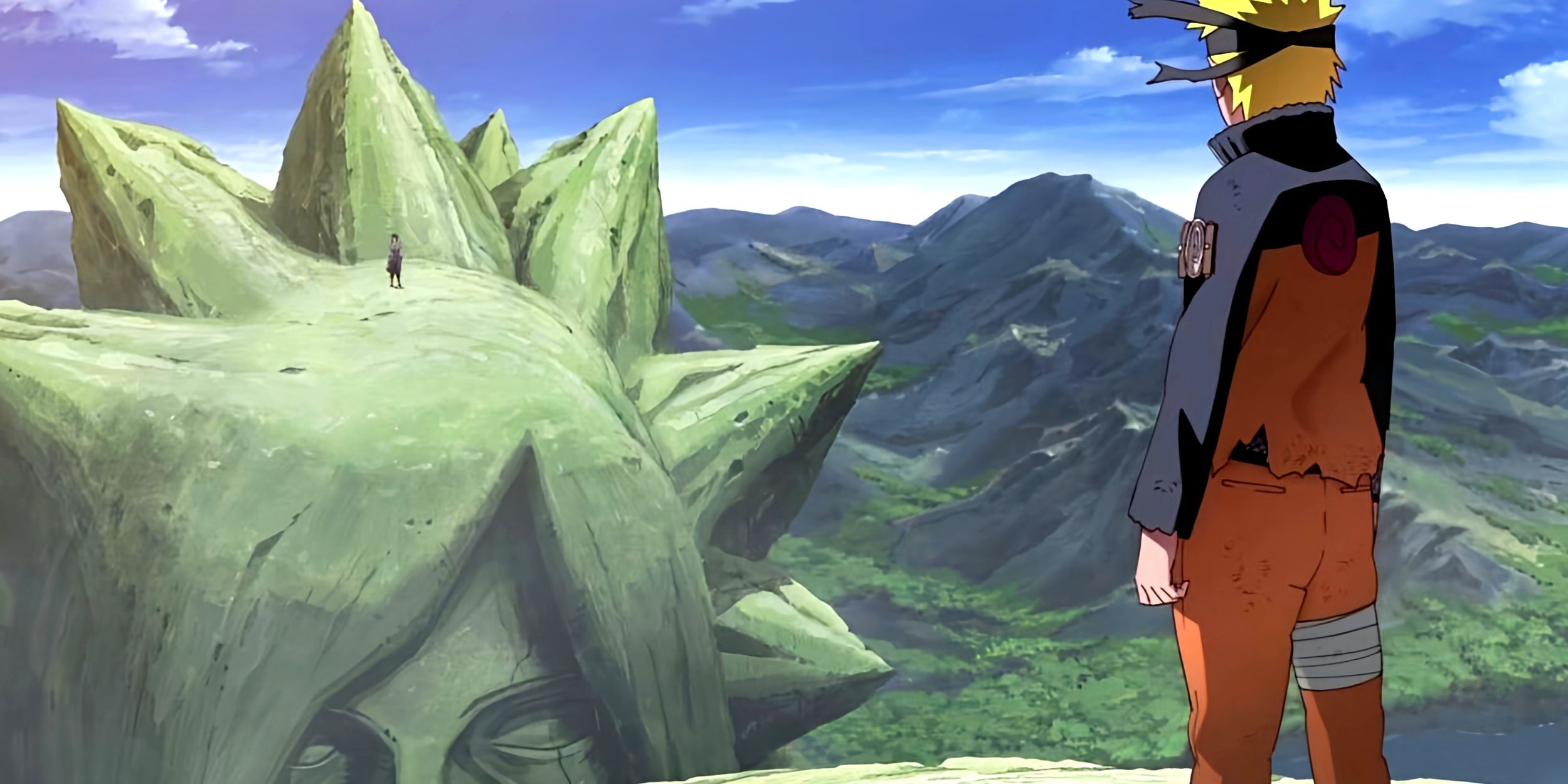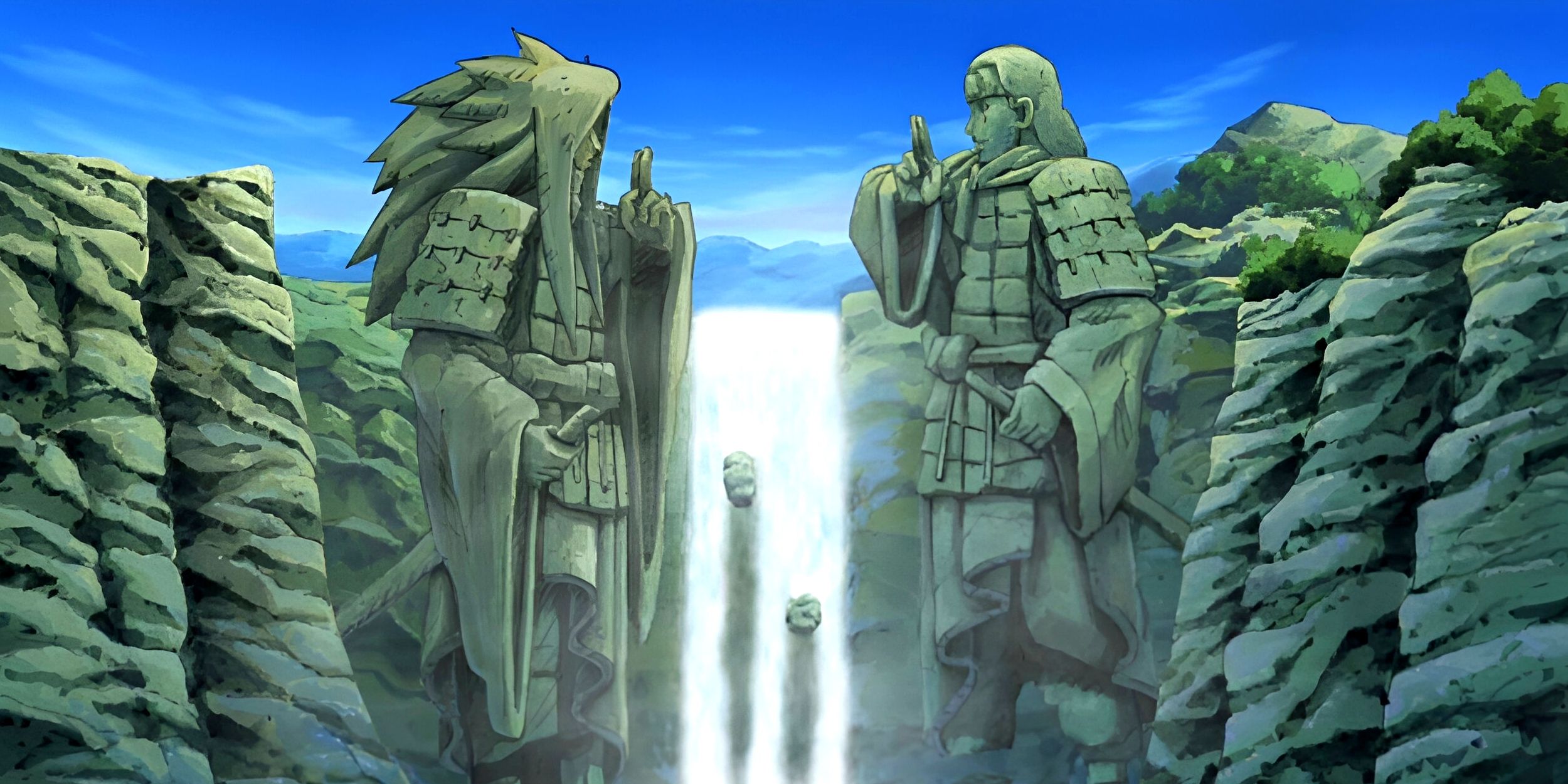Highlights
- The Valley of the End holds historical and symbolic importance due to the epic clashes between powerful shinobi throughout the Naruto series.
- The iconic statues of Hashirama and Madara were erected to memorialize their legendary battle and continued the proxy battle between their legacies.
- The Valley of the End serves as the setting for crucial generational clashes, such as Naruto vs. Sasuke, symbolizing the passing of the torch.
The Valley of the End is one of the most iconic and important locations within the Naruto universe. Situated along the border of the Land of Fire and the Land of Sound, this cliff-lined ravine holds great historical and symbolic significance. Within its waters lies the turbulent tale of two powerful clans—the Senju and Uchiha—and the Shinobi who came to represent them.
From its inception during the legendary battle between Hashirama Senju and Madara Uchiha that established Konohagakure to the climactic showdowns that would later unfold between Naruto Uzumaki and Sasuke Uchiha, the Valley of the End has given witness to epic clashes between some of the greatest shinobi to have ever lived. But what truly makes this valley so notable?
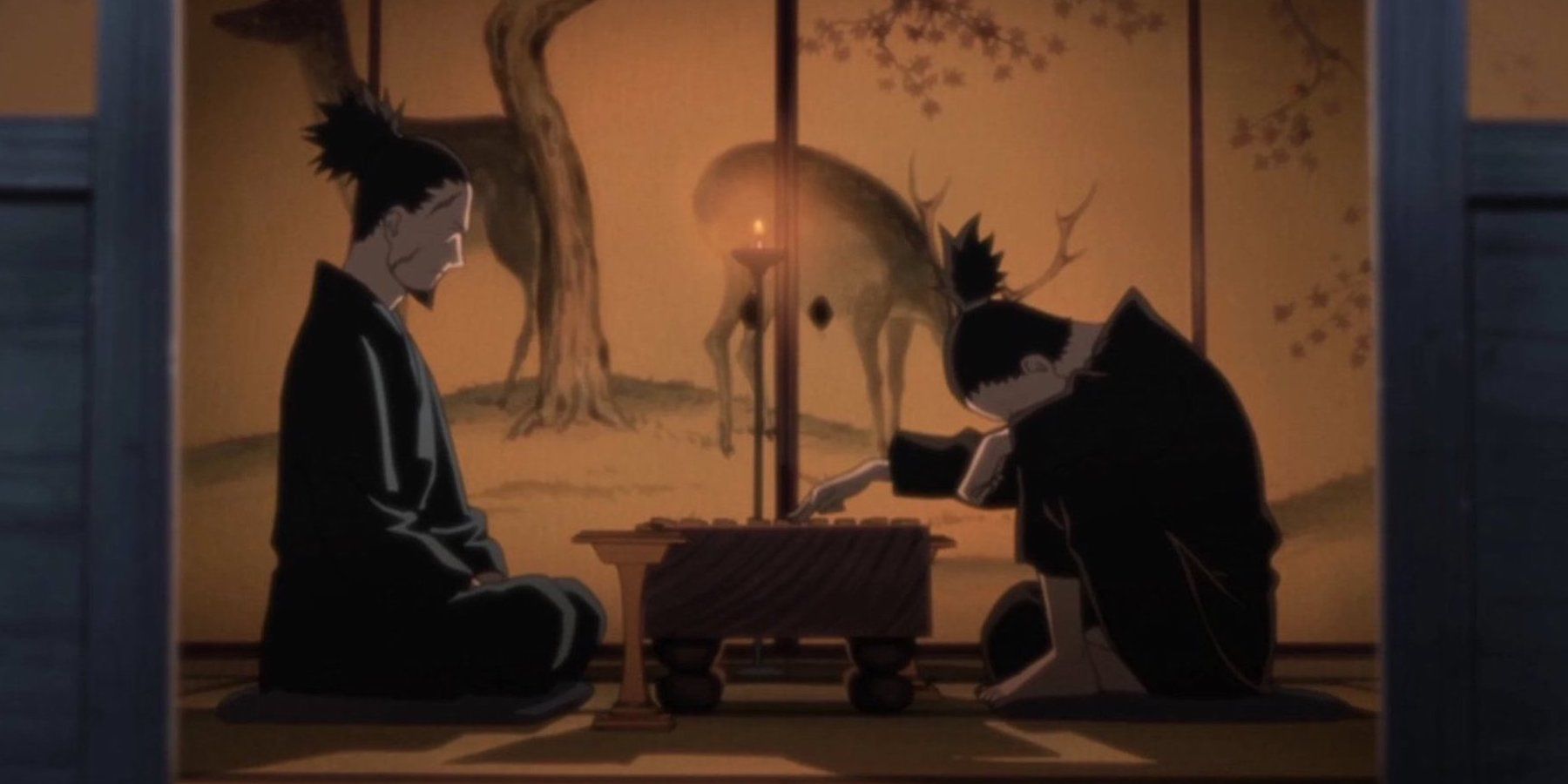
Naruto: Shikamaru’s Anguish and Revenge
Naruto has many iconic moments, and Asuma's death and Shikamaru's grief and revenge for his sensei rank as one of the best in the series.
The Battle that Created a Landmark: Hashirama vs. Madara
To really understand the Valley of the End, we must look at the big fight that made it. This was between Hashirama Senju, the First Hokage, and Madara Uchiha from the Uchiha clan. Soon after they made the Hidden Leaf Village, Madara did not agree with Hashirama's plan. Wanting to destroy the Leaf and start a forever war, Madara tried to control the Nine-Tails. This led to the greatest battle between the two strongest shinobi ever in a valley that would see many epic fights.
The battle between Hashirama and Madara was one of massive proportions, with the First Hokage's techniques proving too much even for Madara's formidable prowess. In the aftermath, Madara was thought dead, while the Nine-Tails were sealed within Mito Uzumaki by Hashirama. However, the true destructive scale of their Tailed Beast Ball exchange was realized through the massive scar it left on the earth. Over time, this developing valley came to symbolize their legendary duel and was renamed the Valley of the End.
Memorializing the Clash: The Iconic Statues
To immortalize the history and symbolism of the epic battle, two towering statues were erected on the opposing cliffs overlooking the Valley of the End—one depicting Hashirama on the Land of Fire side and the other depicting Madara across the valley on the Land of Sound side.
With their imposing likenesses mirroring the Traditional Shinobi Sparring seal of confrontation hand sign, the stone sentinels stand as a memorial for generations to the climactic duel that would help form the Shinobi world's foundation. Even long after their deaths, Hashirama and Madara's legacies and ideals continued their proxy battle through the next generation, which would one day fight in the shadow of these enduring monuments.
A Stage for Generational Conflict: Naruto vs. Sasuke
It was only fitting that the Valley of the End, symbolic of the legendary battle between Konoha's founders, would become the setting for the next crucial generational clash between two gifted shinobi carrying on their predecessors' legacy—Naruto Uzumaki and Sasuke Uchiha. Towards the conclusion of Part 1, Sasuke had vowed to gain power by any means necessary, even if it meant killing his closest friend. This drove Naruto to give chase and attempt to bring Sasuke back to Konoha, culminating in their first titanic showdown in the valley.
Though Sasuke emerged victorious with his newly acquired Cursed Mark power, both combatants left their marks on the stone likenesses of Hashirama and Madara. Their fight represented the next chapter in the cycle of ideological clashes between individuals carrying the souls of Asura and Indra. Once more, the Valley of the End bore witness and became integral to passing the torch of conflict between powerful clans and the younger generation tasked with deciding the Shinobi world's future course.
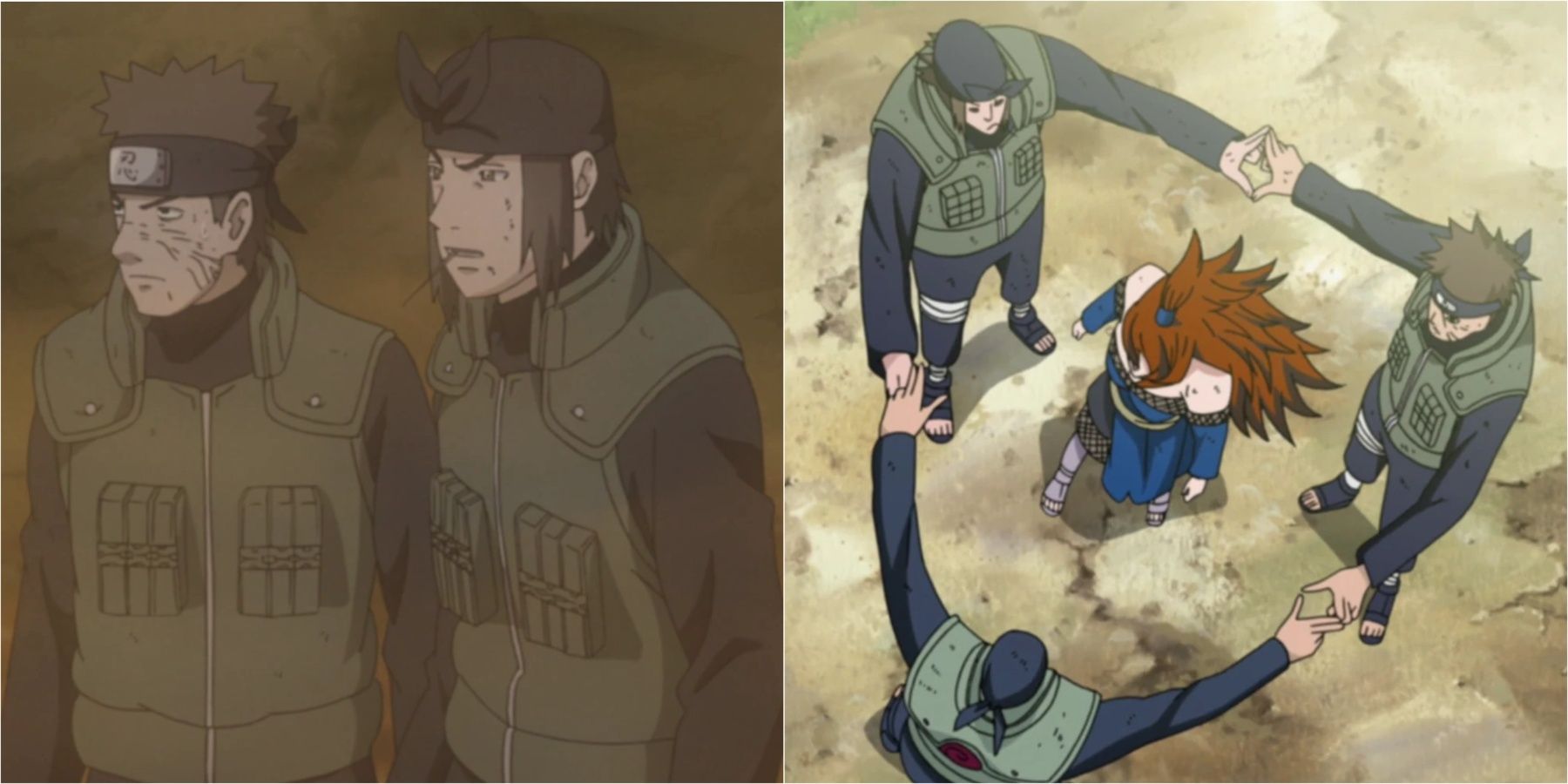
Naruto: What Is the Hokage Guard Platoon?
The Hokage Guard Platoon is a specialized unit of bodyguards that directly serve the Hokage. Here's a look at what this secretive squad has to offer.
Part II: Return and Rematch
In Shippuden, the valley played host to even more climactic developments. Tobi was shown sitting upon Madara's statue, contemplating Sasuke's agenda. Then, after four years of intensive training, the climactic rematch between Naruto and Sasuke happened with earth-shattering consequences. Both combatants' arsenals had massively increased, resulting in severe damage across the landscape, including the near total destruction of the landmark statues.
However, through a twist of fate, the two statues' remaining hands formed the Seal of Reconciliation—a sign that the bitter rivalry of their predecessors could at last reach an understanding. Much like how Hashirama and Madara found common ground, so too did Naruto and Sasuke reconcile by the story's end. Once more, the Valley of the End served to bring resolution and symbolize the continuation and completion of a generations-long conflict central to Naruto's overarching narrative and themes.
How The Valley of the End Amassed an Enduring Legacy in the Naruto World
The Valley of the End retains major prominence and importance within the Naruto franchise. It has featured prominently in openings, video games, and spin-off projects, cementing its place among the most iconic and meaningful locales. For audiences, it stirs feelings of nostalgia, representing seminal moments in the characters' development and their journey. Above all, the valley stands as a testament to how even the most intense of rivalries can forge understanding through new generations of leadership. Like the cliffs that outline its borders, the Valley of the End is destined to stand for all time as a cornerstone of Naruto's epic storytelling and the Shinobi mythology crafted by Masashi Kishimoto.
From its origins as the site of Hashirama and Madara's legendary battle to its role in housing climactic conflicts between Naruto and Sasuke, the Valley of the End has proven integral to Naruto's compelling narratives and thematic exploration of conflict, heritage, and ideological progression. Through its memorable symbolism and repeated importance to major story events, the valley is undoubtedly one of the manga and anime's most established and recognized settings.
Naruto is available to stream on Crunchyroll.

